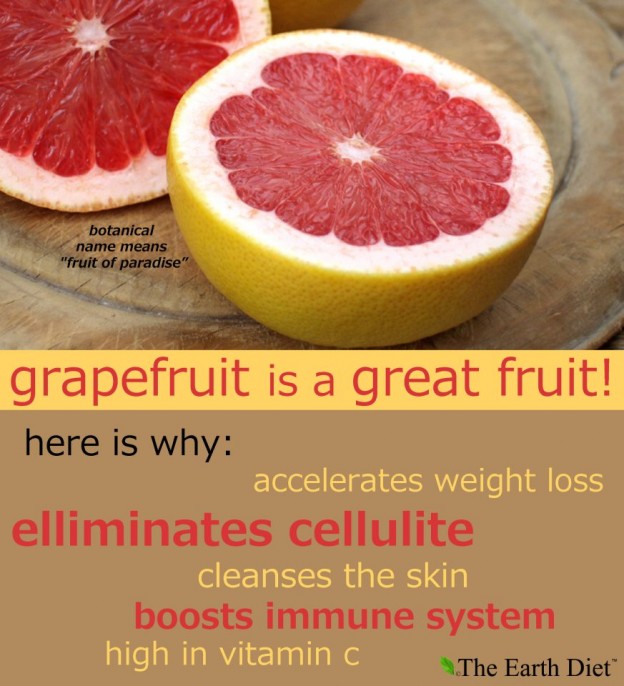
Organic derivatives of furanocoumarin interfere with liver and intestinal enzyme CYP3A4 and may be responsible for the effects of grapefruit on the enzyme. ( August 2017) ( Learn how and when to remove this template message) Please help improve this section if you can. The specific problem is: lack of coherent overview. This section may require cleanup to meet Wikipedia's quality standards. Furanocoumarins may have a stronger effect than naringin. Grapefruit, Seville oranges, and bergamot contain naringin. Polyphenols Ĭitrus fruits may contain various polyphenols, including naringin and furanocoumarins, such as bergamottin, dihydroxybergamottin, and bergapten. Their first published clinical report on grapefruit drug interactions was in 1991. The effect of grapefruit juice with regard to drug absorption was originally discovered in 1989 by a group led by pharmacologist David Bailey. Low drug concentrations can also be caused when the fruit suppresses drug absorption from the intestine. Compromising its metabolism lowers concentrations of the active drug, reducing its therapeutic effect, and risking therapeutic failure. Conversely, if the medication is a prodrug, it needs to be metabolised to be converted to the active drug. In the first instance, inhibition of drug-metabolizing enzymes results in elevated concentrations of an active drug in the body, which may cause adverse effects. activated by the enzyme to an active metabolite.metabolized by the enzyme to an inactive metabolite, or.Inhibition of enzymes can have two different effects, depending on whether the drug is either CYP3A4 is a metabolizing enzyme for almost 50% of drugs, and is found in the liver and small intestinal epithelial cells. These chemicals inhibit key drug metabolizing enzymes, such as cytochrome P450 3A4 (CYP3A4). The effects are caused by furanocoumarins (and, to a lesser extent, flavonoids). People are also advised to ask their physician or pharmacist about drug interactions. Affected drugs typically have an auxiliary label saying "Do not take with grapefruit" on the container, and the interaction is elaborated upon in the package insert. The relative risks of different types of citrus fruit have not been systematically studied. Fruit consumed three days before the medicine can still have an effect.

One whole grapefruit, or a small glass (200 mL, 6.8 US fl oz) of grapefruit juice, can cause drug overdose toxicity. It was reported in 2008 that similar effects had been observed with apple juice. A 2005 medical review advised patients to avoid all citrus juices until further research clarifies the risks. The effect was first discovered accidentally in 1991, when a test of drug interactions with alcohol used grapefruit juice to hide the taste of the ethanol. The effect is most studied with grapefruit and grapefruit juice, but similar effects have been observed with certain other citrus fruits. Some fruit juices and fruits can interact with numerous drugs, in many cases causing adverse effects.


 0 kommentar(er)
0 kommentar(er)
